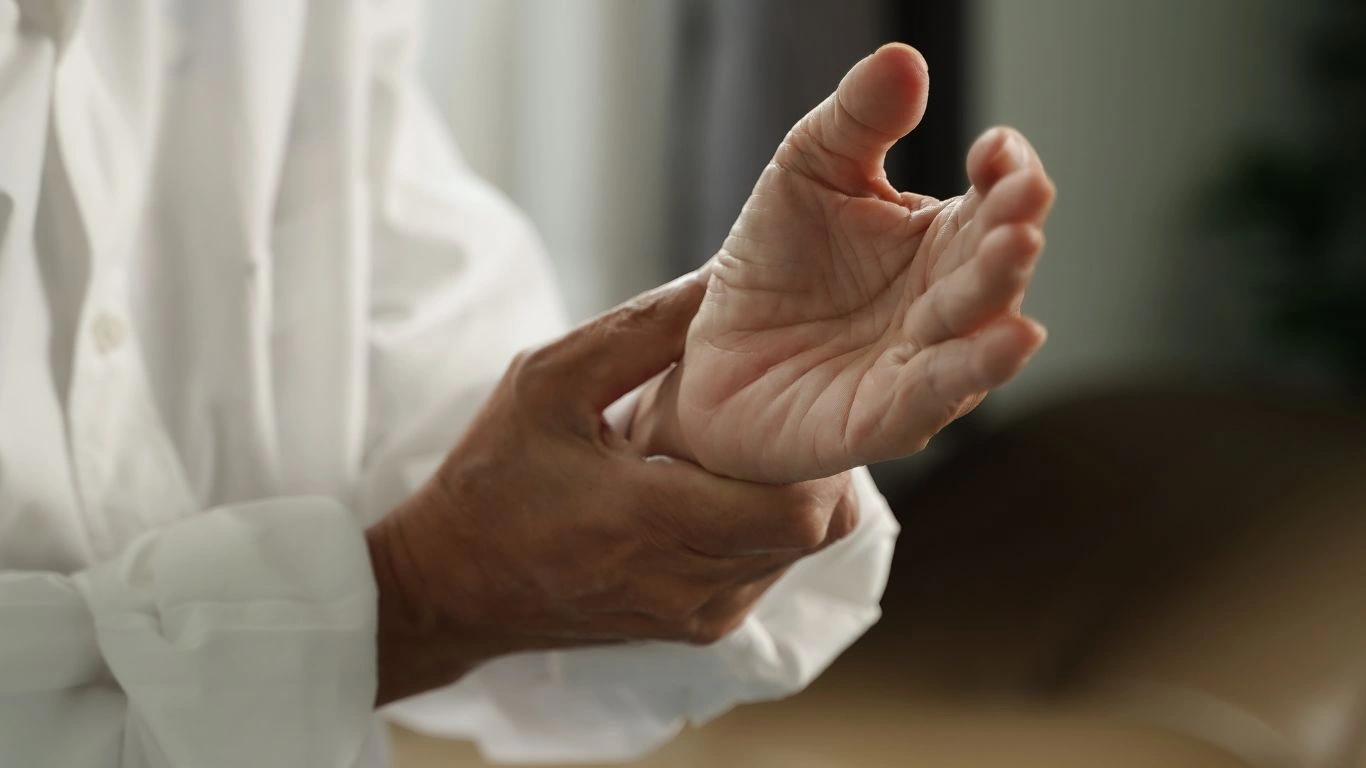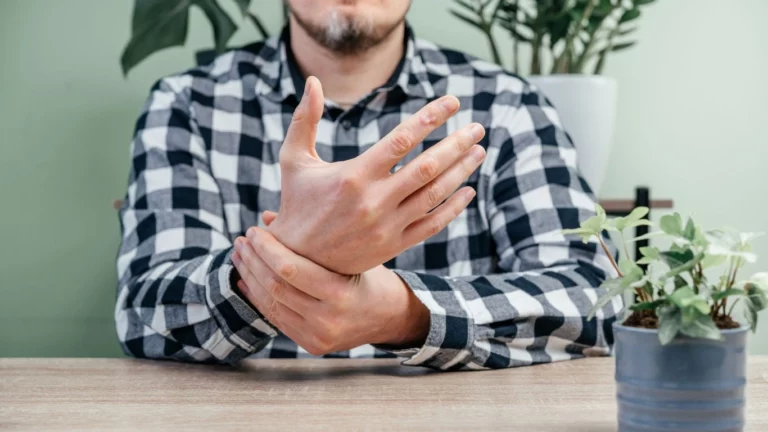Best Foot Pain Solutions for RA That Actually Work
Foot pain is a common issue for people living with rheumatoid arthritis (RA). RA is an autoimmune disease that causes your immune system to attack your joints, including those in your feet. This can lead to pain, swelling, and changes in the way you walk. Finding the right foot pain solutions for RA can make a big difference in your comfort and quality of life.
Understanding RA and Foot Pain
Rheumatoid arthritis affects more than just your hands—it can also damage the small joints in your feet. In fact, many people with RA first notice symptoms in their toes or the balls of their feet.
Your feet have 26 bones and more than 30 joints that help with movement and balance. RA often targets the synovium, a thin layer of tissue that lines your joints. When this tissue becomes inflamed, it can lead to pain, stiffness, and swelling.
Over time, the inflammation may wear down the cartilage and bones, causing deformities or changes in foot shape. This is why early treatment and ongoing care are so important.
How RA Affects Foot Function
Healthy feet help you walk, run, and stay balanced. They absorb shock and allow you to move smoothly. But when RA affects the joints in your feet, simple movements can become painful.
Common issues include:
- Difficulty walking due to pain or joint damage
- Loss of range of motion in toes or ankles
- Changes in gait, which can lead to pain in other areas like the knees or hips
Even standing for long periods may become difficult if your feet are inflamed. Because RA can be unpredictable, foot pain may come and go—or it may steadily get worse without the right treatment.
Common Causes and Symptoms of RA-Related Foot Pain
RA-related foot pain can show up in many ways. Knowing what to look for can help you get the right care sooner. Here are the main causes and symptoms:
Causes:
- Inflamed joints: Swollen toe or ankle joints are common in RA and can lead to stiffness and discomfort.
- Joint erosion: Long-term inflammation can damage the cartilage and bone, leading to permanent changes.
- Bursitis: Inflammation of the small fluid-filled sacs (bursae) that cushion the joints, especially in the ball of the foot.
- Tendonitis: Pain and swelling in the tendons that support foot movement.
- Flatfoot or collapsing arch: RA can weaken the ligaments and cause the arch of your foot to fall.
Symptoms:
- Swelling or puffiness in the toes or ankles
- Sharp or aching pain, especially in the morning or after resting
- Warmth or redness around the joints
- Difficulty walking or putting pressure on the foot
- Visible deformities like bunions or hammertoes
It’s also common for people with RA to feel fatigue or stiffness throughout the body. If your foot pain is joined by general morning stiffness that lasts more than an hour, RA may be the cause.
Don’t ignore new or worsening symptoms. Early treatment can help slow down joint damage and reduce pain.
Foot Pain Solutions for RA
Treating foot pain from RA often requires a mix of strategies. Everyone is different, so your plan may include medication, lifestyle changes, and supportive care.
Medical Treatments
- Anti-inflammatory drugs: NSAIDs like ibuprofen can help reduce swelling and pain.
- DMARDs: Disease-modifying antirheumatic drugs, such as methotrexate, target the root cause of RA to slow down joint damage.
- Biologics: A newer class of medications that block specific parts of the immune system involved in RA.
- Steroid injections: Corticosteroid shots may be used to quickly calm down a painful flare-up.
Supportive Footwear
- Orthopedic shoes: These provide extra support and cushioning to reduce stress on joints.
- Custom orthotics: Shoe inserts made for your feet can help improve alignment and relieve pressure.
- Wide or deep shoes: These can prevent rubbing on swollen joints or bunions.
Physical Therapy and Exercise
- Stretching: Gentle stretches can improve flexibility and reduce stiffness.
- Strengthening: Building up the muscles around the foot and ankle can offer better joint support.
- Low-impact exercise: Activities like swimming or biking are easier on sore joints but still help you stay active.
A physical therapist who understands RA can create a plan that’s right for your needs. Moving safely can help reduce pain and prevent further damage.
Home Care Tips
- Soak your feet in warm water to ease stiffness
- Use ice packs to reduce swelling after long days
- Elevate your feet when sitting to help with circulation
- Wear socks with padding for extra comfort
Daily care goes a long way. If something starts to feel worse, don’t wait—reach out to your care team.
When to See a Doctor
If your foot pain is keeping you from your usual activities or getting worse, it’s time to talk to your doctor. This is especially important if:
- You notice new swelling, redness, or warmth in your feet
- Your foot shape is changing or feels unstable
- Pain makes it hard to walk or stand
- You have numbness, tingling, or signs of nerve problems
Your doctor can do imaging tests, like X-rays or MRIs, to check for joint damage or inflammation. They may refer you to a rheumatologist (a doctor who specializes in arthritis) or a podiatrist (a foot care expert).
Early and ongoing care makes a difference. With the right plan, many people with RA are able to manage foot pain and stay active.
Final Thoughts
Living with rheumatoid arthritis doesn’t mean you have to live with constant foot pain. There are many effective solutions—medical treatments, supportive shoes, exercises, and at-home care—that can help you feel better.
Every person with RA is different, so finding what works best for you may take time. Don’t give up. A good support team, regular check-ins, and listening to your body can lead to better days ahead.
If you’re unsure where to start, talk to your doctor. They can help guide you toward the best foot pain solutions for RA based on your symptoms and needs.

Tarra Nugroho is a dedicated Nurse Practitioner with a strong foundation in family and preventive care. She brings both compassion and clinical expertise to her practice, focusing on patient-centered care and health education. As a contributor to Healthusias.com, Tarra translates medical knowledge into clear, empowering articles on topics like women’s health, chronic disease management, and lifestyle medicine. Her mission is simple: help people feel seen, heard, and informed—both in the clinic and through the content she creates. When she’s not caring for patients, Tarra enjoys weekend hikes, plant-based cooking, and curling up with a good health podcast.






